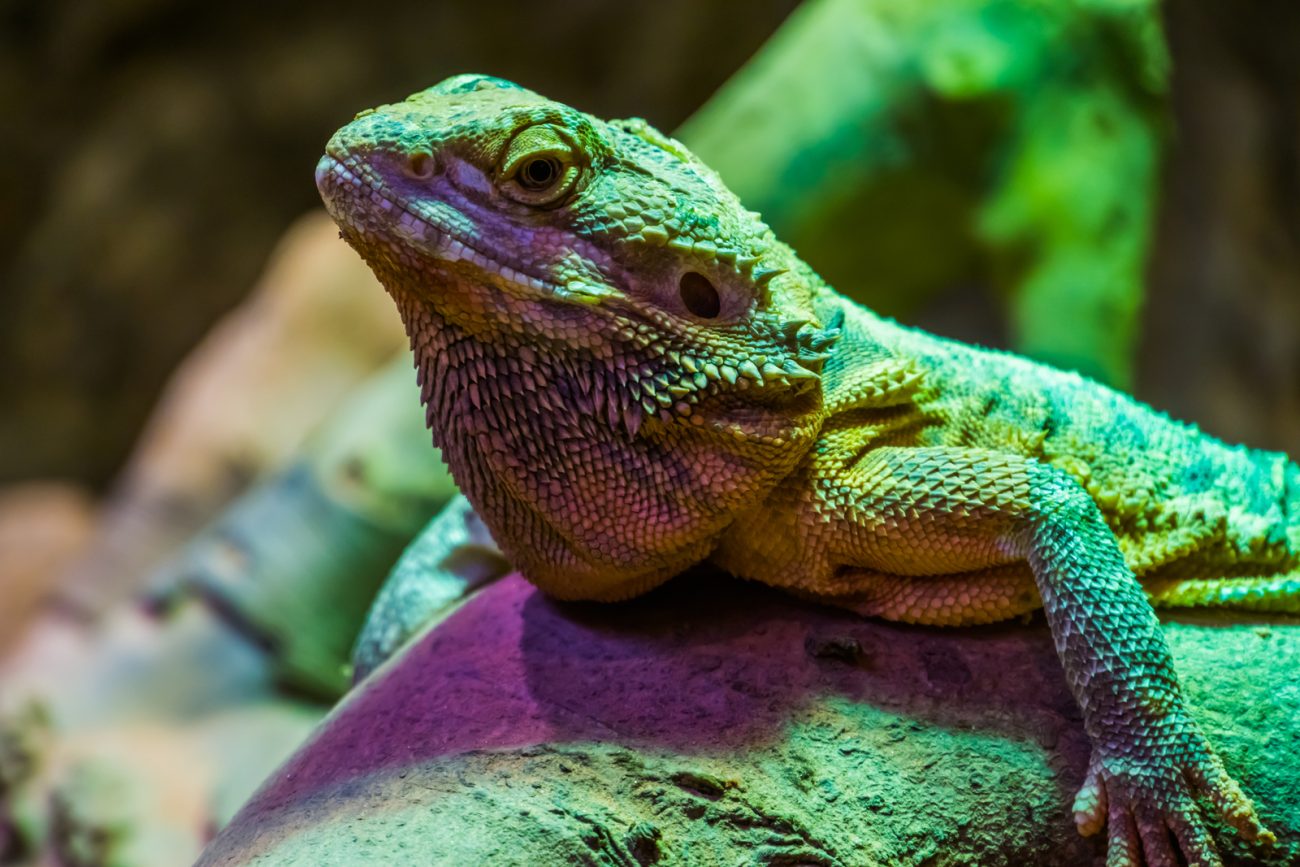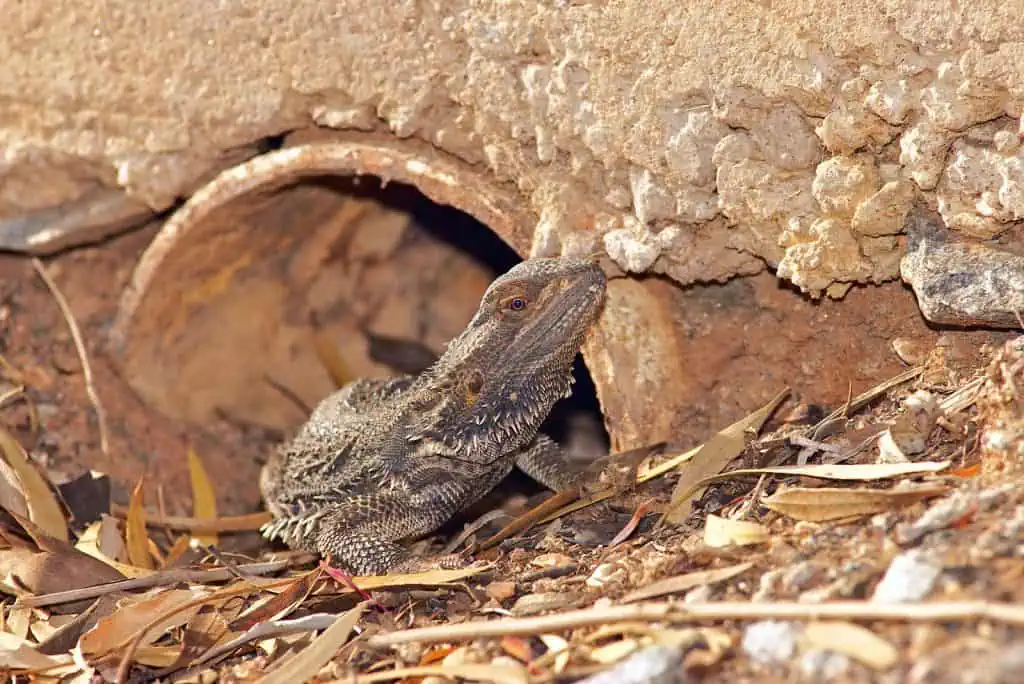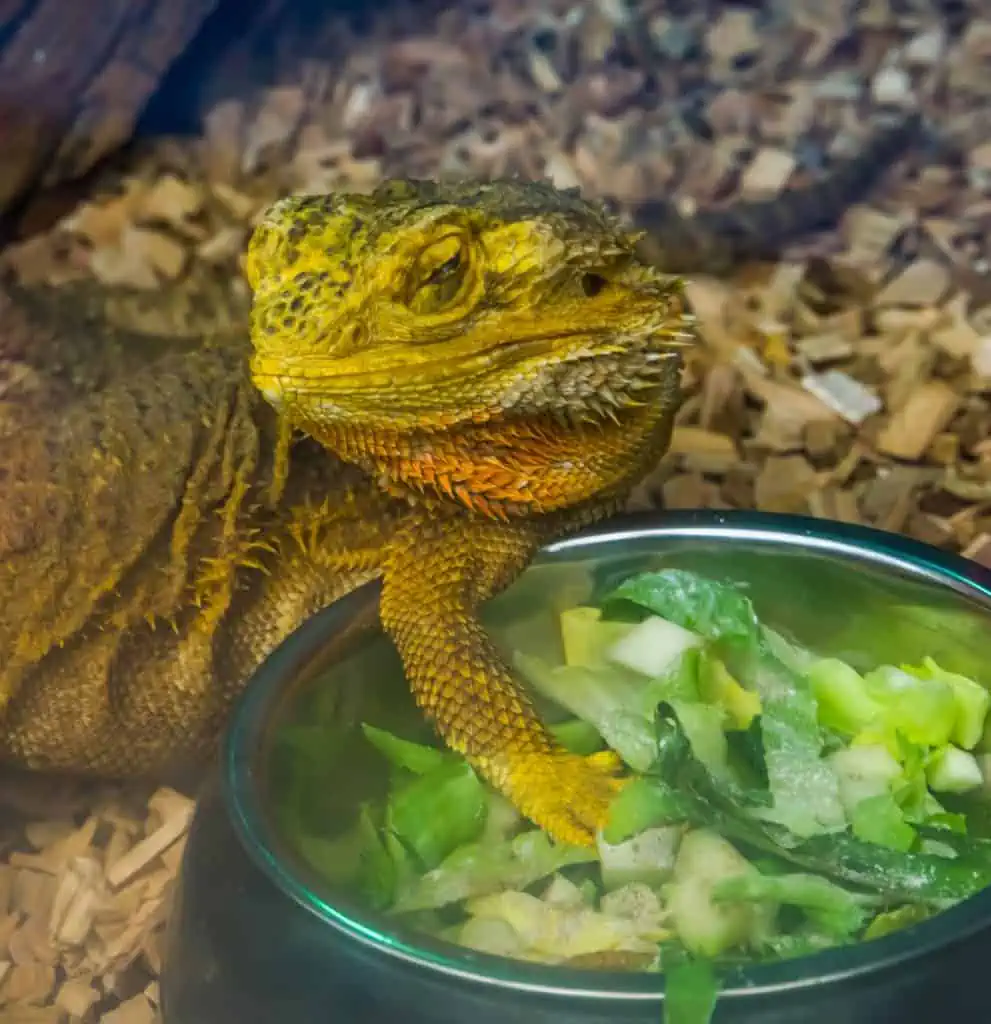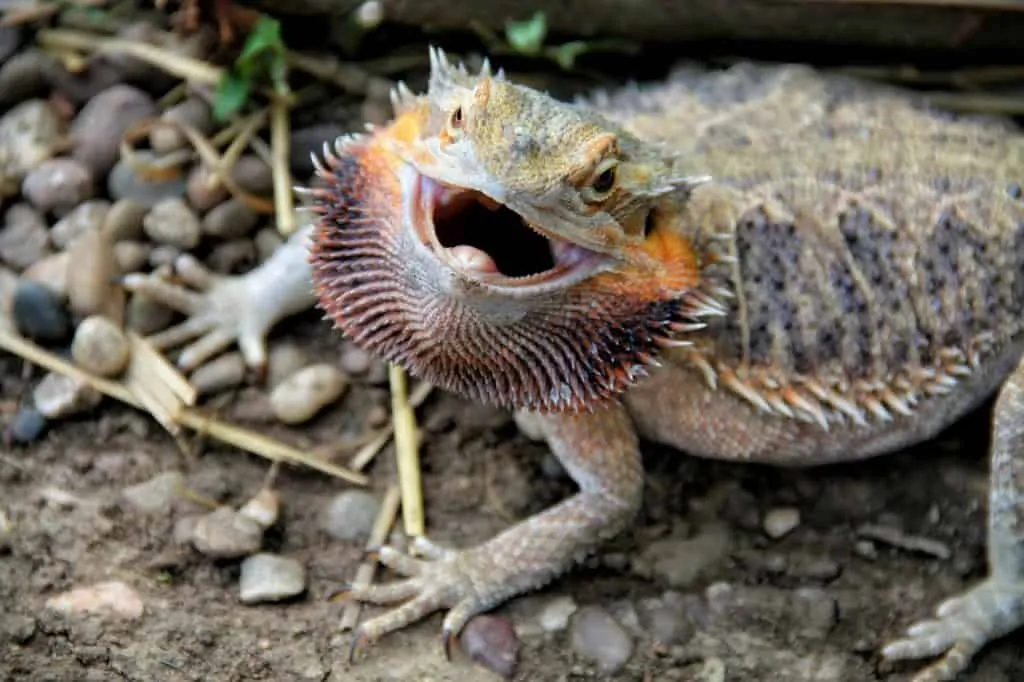Bearded dragons have become popular pets, and you may be considering getting one. While it is true that beardies can make great pets, this will only be true for you if you know how to give them the proper care.
Learning about their care requirements, you will understand the pros and cons of keeping these lizards. With the proper care, bearded dragons can make for engaging, personable, and rewarding pets. In this article, you will learn what is needed to keep these lizards and if a bearded dragon is right for you.
What Makes Bearded Dragons Good Pets?
Bearded dragons make good pet lizards because they have a good temperament and rarely bite. They are also inexpensive and have relatively simple care requirements. Also, they grow to a size that’s easy to handle and love spending time with their owner.
However, they only make good pets if you care for them properly. Caring for these lizards involves knowing their housing, temperature, lighting, and nutritional requirements. If you can meet the requirements, a bearded dragon will make a good pet for you.
👉 If you are considering getting a bearded dragon as a pet, check out our list of care guides to learn everything you need to know.
What do Bearded Dragons Need as a Pet?
As stated earlier, bearded dragons make good pets if you can meet their needs. This section covers what your bearded dragon needs to remain healthy:
Enclosure
Most bearded lizards that are available for sale are captive-bred; it is the youngsters that are sold. Young bearded dragons (one to three months) measure three to nine inches. However, these lizards can reach a length of 24 inches as adults.
Though larger enclosures are more expensive, buying one is cheaper than upgrading later. Juveniles can be kept in a 50-gallon aquarium. The minimum size enclosure for an adult bearded dragon should be a 75-gallon tank or vivarium.
Temperature, Lighting, and Humidity
Providing the proper temperature and lighting is essential for keeping bearded dragons healthy. In the enclosure, you must maintain a temperature gradient between 110-70 degrees Fahrenheit (33 – 20 Celsius).
In other words, the warmest part should be around 110 degrees, while the coolest part of the enclosure should never fall below 70 degrees. The warmest part of the tank should be around the basking area. You can achieve this temperature using a heat bulb designed for reptile enclosures. These bulbs can be obtained at a reptile shop.
These lizards also require UVA and UVB lighting, which can be placed above their basking area. You can buy an inexpensive thermostat to help maintain the temperature.
Substrate
The best substrates for the enclosure are:
- Newspapers
- Paper towels
- Excavator Clay
- Bioactive substrate
While newspaper and paper towels may not be aesthetic-looking, they are safe and easy to clean. Excavator clay are more aesthetic-looking and safe but may be more challenging to clean.
Substrates to avoid include:
- Eco Earth
- Potting soil
- Sand
Eco Earth and potting soil can retain humidity, which you want to avoid when keeping beardies. Also, potting soil can be a source of fungus. Sand should not be used because it can cause impaction, blocking the digestive tract if swallowed.
Water Dish
Although bearded dragons live in a desert environment, you must ensure they always have fresh water available. Another method is to let the beardie soak in shallow water two or three times a week. Use a plastic container that is filled with water that is no higher than the lizards’ forearms.
Hides
You can purchase hides from most stores that sell reptile supplies. These decorative structures will give your pet a place to hide when it wants solitude. I recommend getting two hides, one for the warmest part of the enclosure and the other for the coolest part.
Feeding
To keep a bearded dragon healthy, you must feed it a nutritious diet. Bearded dragons are omnivorous, eating both plant and animal matter. The diet for adult bearded dragons should consist of 70-80% vegetables and 20-30% protein from insects.
Juvenile bearded dragons are mostly insectivores, so they should be fed a diet that is the opposite of the adults, 70-80% insects and 20-30% vegetables.
🦗 Want to learn more about how to feed your Bearded Dragon? Check out our diet guide!
Pros of Owning a Bearded Dragon As a Pet
Bearded dragons are among the most popular pet reptiles, and there is good reason for this:
Personality
Bearded dragons tend to be good-natured and appear to enjoy human engagement. Properly cared-for bearded dragons will often bond with their owners and appear to enjoy interacting with them. They appear to enjoy being handled and may even fall asleep while being held.
Further, they appear to be intelligent. Bearded dragons have been trained to perform simple tricks, such as coming to their owners when called.
Longevity
When properly cared for, bearded dragons can live for a long time. There are records of them living up to 12 years in captivity.
Appearance
Most bearded dragons in the pet trade are captive-born. Because of this, some of these lizards have been selectively bred for their coloration. Beardies can come in various colors, including white, red, and yellow.
Inexpensive and Low Upkeep
Bearded dragons are less expensive and require less upkeep than a bird, cat, or dog. The average bearded dragon will cost you between $25 and $75.00.
For housing, you could go for a simple aquarium, which may cost up to $150. Should you go for a high-quality vivarium, the price could be more than $300. As for lighting, UV and basking lights can cost up to $15.00. Other costs would include substrate and furniture for the enclosure (such as hides).
Cons of Owning a Bearded Dragon As a Pet
There are no cons to keeping a bearded dragon if you can provide for all its needs. If you fall short in meeting these lizard’s needs, you will experience the cons:
They Need Space
As mentioned before, these lizards can reach 24 inches in length. The minimum size tank for an adult lizard is 75 gallons. Even when small, they do best when they have plenty of room. Do not skimp on space if you want a happy experience with your lizard!
Proper Temperature and Lighting Are a MUST!
These lizards need to be kept at the right temperature gradient. They also require UVA and UVB lighting. Not meeting these requirements can lead to health issues for bearded dragons, and they will not demonstrate the personality traits that make them so endearing.
You Need to Provide Live Insects
To maintain the best health for these lizards, you must provide them with live insects, such as crickets or Dubia roaches. This may not be your pet if you cannot handle live insects.
Enclosure Maintenance
Enclosure maintenance involves the following:
- Daily: Clean the food and water bowls.
- Daily: Spot clean the enclosure by removing uneaten food and fecal matter.
- Monthly: Remove all contents from the enclosure and thoroughly clean them and the enclosure. Also, replace the substrate.
Salmonella
Salmonella is a form of bacteria. Though salmonella is often contracted through eating contaminated food, you can also catch it from some species of reptiles. Bearded dragons are one of those species.
You should not keep bearded dragons if you have a household member who has a compromised immune system.
It is important to always wash your hands after handling a bearded dragon. As their feces can contain salmonella, never bring a bearded dragon into your kitchen or anywhere where you prepare food.
Take Care!
We hope that you enjoyed this article. Bearded dragons are popular pets for a reason. They have a gentle disposition, are personable, and are relatively easy to care for. However, this is only true if you can meet their care requirements.
The pros will far outweigh any cons you may experience if you can. Please share your comments with us and share this article.





